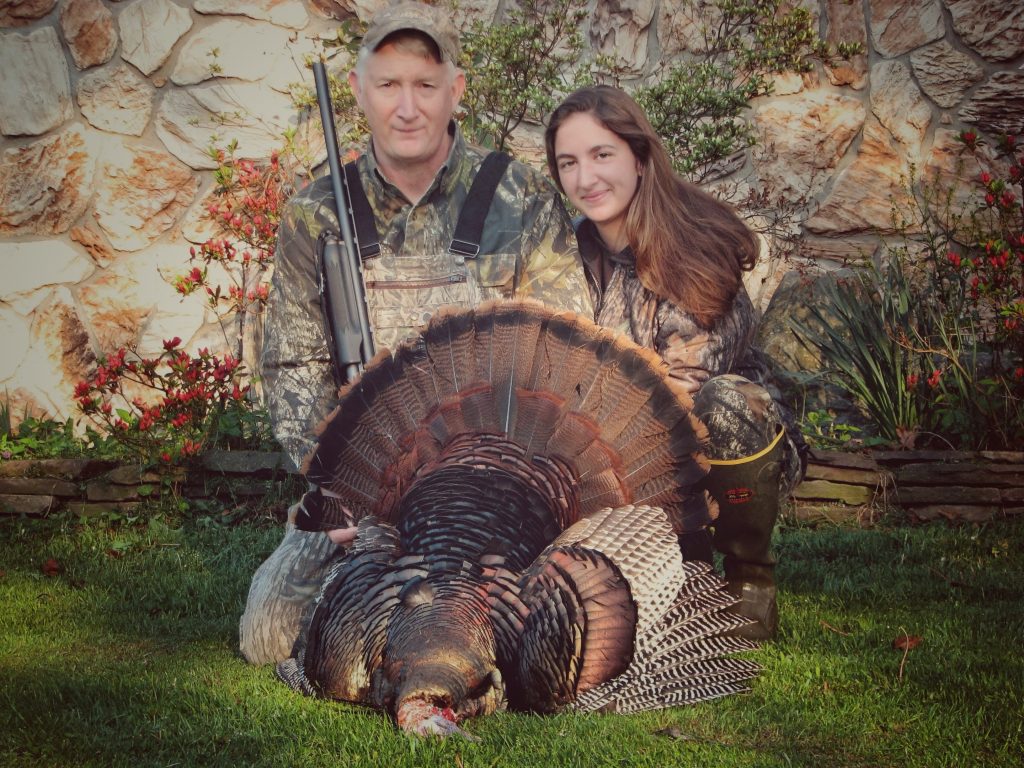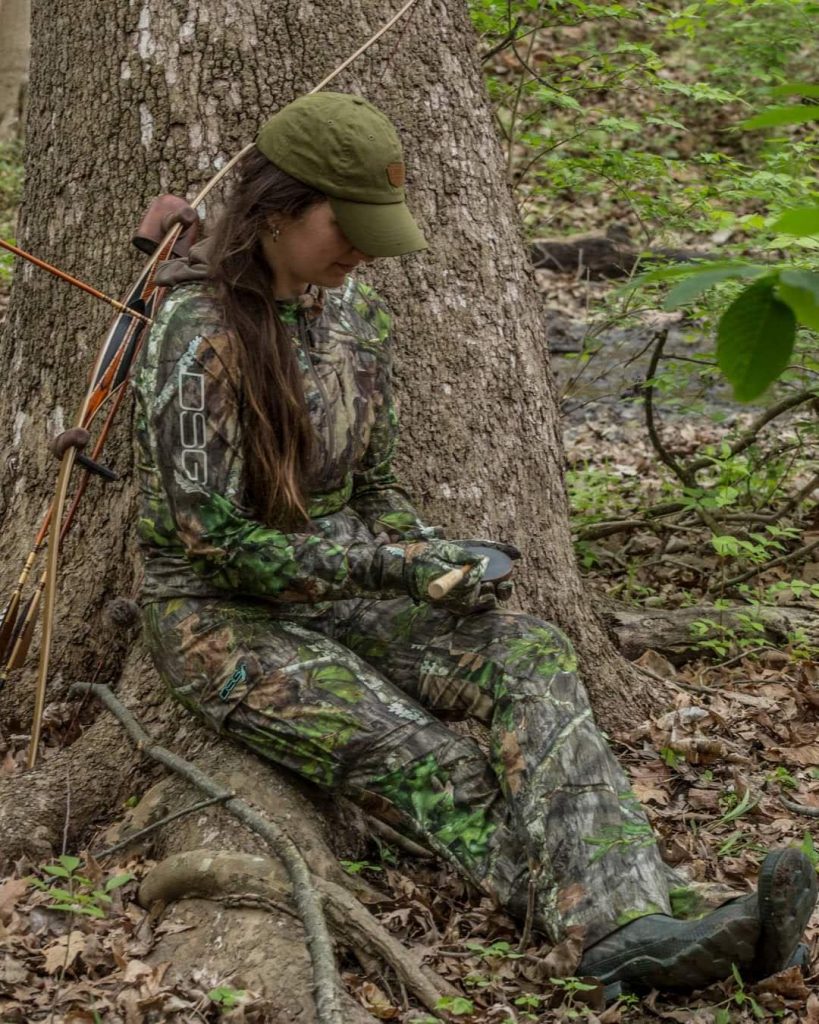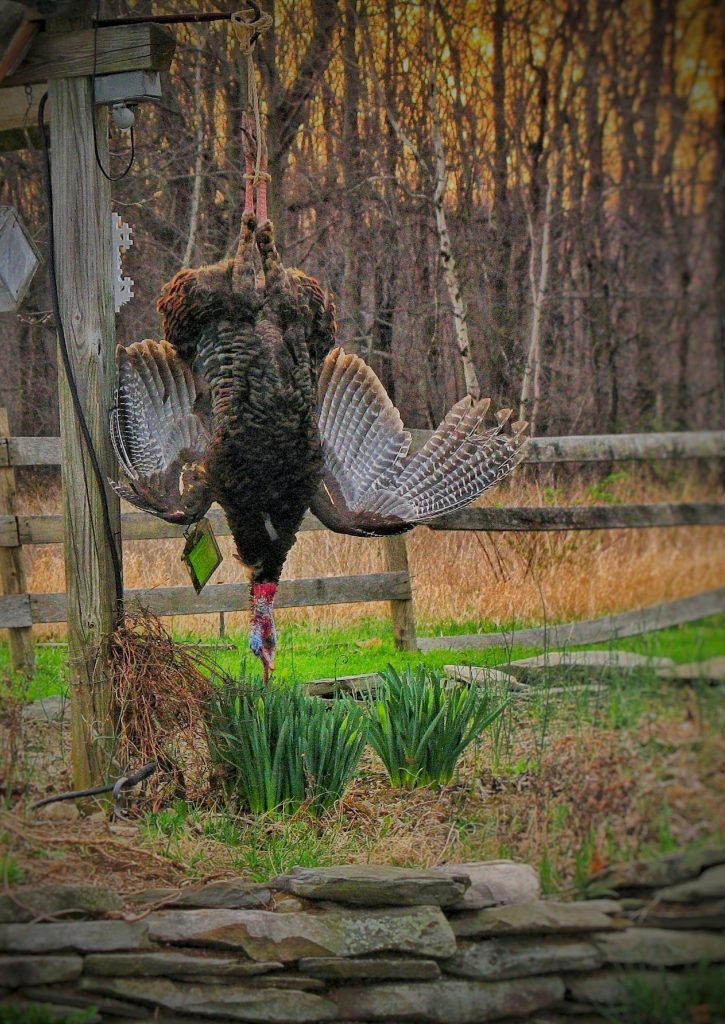Woodsmanship: Is it Still Needed?
The woods around us were thick with morning fog, muffling the sound of my footsteps as I followed behind my dad. My camo facemask kept moving up over my eyes, and I reached up to pull it down into the collar of my Mossy Oak coveralls. My boots seemed heavy as I climbed over a rotten log, my 10-year-old legs stretching to remain balanced.
This was my first year of spring turkey hunting, and the promise of success seemed to stretch out before me. My older brother had killed a big tom the previous week, and I was anxious to prove that I too could be a turkey hunter.

The sun was starting to rise above the horizon, burning off the stillness of the morning as I followed my dad along the narrow muddy trail that wound through the woods. We came to a clearing, large trees rising tall in a circle. My dad stopped as if he’d seen something and motioned for me to stop as well. I did immediately, my eyes already scanning the field for signs of wildlife.
There it was.
In one of the trees in front of us, I spotted the silhouette of a roosted gobbler. My heart leaped into my throat in excitement, but in the next second realization hit me.
“Do you want to shoot it?” my dad asked me. This was my first year of hunting, but I knew the right answer, because I knew that there was a wrong answer. I thought back to my hunter’s safety booklet and the chapter on what was sportsmanlike and what wasn’t. I knew that this fell under the category of “unsportsmanlike.”
I shook my head at my dad. “No. I don’t want to shoot.”
I knew by my dad’s face that I had made the right decision. We stood watching the tom for a few minutes, then he spotted us and flew off, the sound of his wings flapping echoed across the field. Then, we continued on our hunt.
I didn’t get a turkey that day, or even that season. Yet, the memory of that day has always stuck with me, vividly imprinted on my mind. This was one of the first examples of woodsmanship that left an impression on me, and something that helped shape me into the kind of hunter I am today. Not everyone is raised on woodsmanship, and many people aren’t even aware of the meaning of the word.


Yet, that doesn’t mean that it doesn’t still exist or that we don’t need it. Woodsmanship is something that is necessary to ensure that the future of hunting has a good strong foundation.
If you look up the meaning of the word “woodsmanship,” you won’t find it in a standard dictionary. Yet you can still find a definition online, which is as follows:
“Woodsmanship is a combination of knowledge and experience that helps people make informed and ethical decisions and take actions while in the woods. It includes familiarity with the land, weather, biology, and animal behavior. Woodsmanship can be developed over time, and it’s important to note that there will be many failures along the way.”
The word itself is derived from the word “woodsman,” which many of us like to imagine we are. The more time we spend in the woods, and the more knowledge that we accumulate from being in the woods, the more reverence we tend to have for the flora and fauna around us. Yet, woodsmanship, and what it is, really comes down to the decisions we make in the field and how those decisions are formed over time.
This began many years ago, long before technology took place. Think back to the days of Native Americans and the knowledge they carried, simply because of the fact they lived outdoors and nature was a part of how they lived and survived. They loved Mother Nature and had many unwritten codes and practices that honored the woods and the animals that resided there.
Aldo Leopold and Fred Bear were among the role models who paved the way for sportsmen/ women by sharing their more ethical thoughts and practices through example and via written stories.
As years went by, we seemed to drift further from the love of the outdoors and all that it gives us, and move toward a more “look at me” derivative. Today, many hunters care less about how they fill a tag, and more about the fact that they did fill a tag. A growing number of outdoorsmen and women prefer not to put forth effort to learn the ways of the woods or apply that knowledge to the decisions they make on the hunt — life is about instant gratification and success for some. Technology and social media also come into play, as many people stand to claim popularity by success, and posting the game that they tag. It’s no longer enough to simply take a photo with the animal you shot and tell the story to fellow friends and family. Now, it’s published for the world to see.
And this in itself is a reason that we need woodsmanship to live on. The importance of how hunters are perceived not only by the general public, but the next generation of hunters who are behind us and watching everything we do.
I was lucky; I was raised by someone who believed in hunting ethically and passing on the importance of good woodsmanship to my siblings and I. Now that I am a parent myself, I often think of how my daughters are watching my actions and taking in everything that I do. Now, more than ever, we need hunters who are good stewards to the land and to the wildlife.
We need to continue handing down the actions and thoughts that make up what it truly means to be a hunter. And while we are passing on something that isn’t always tangible, it is something that is of utmost importance, and something that needs to live on for decades to come – a key piece of the NWTF’s hunting heritage mission.
